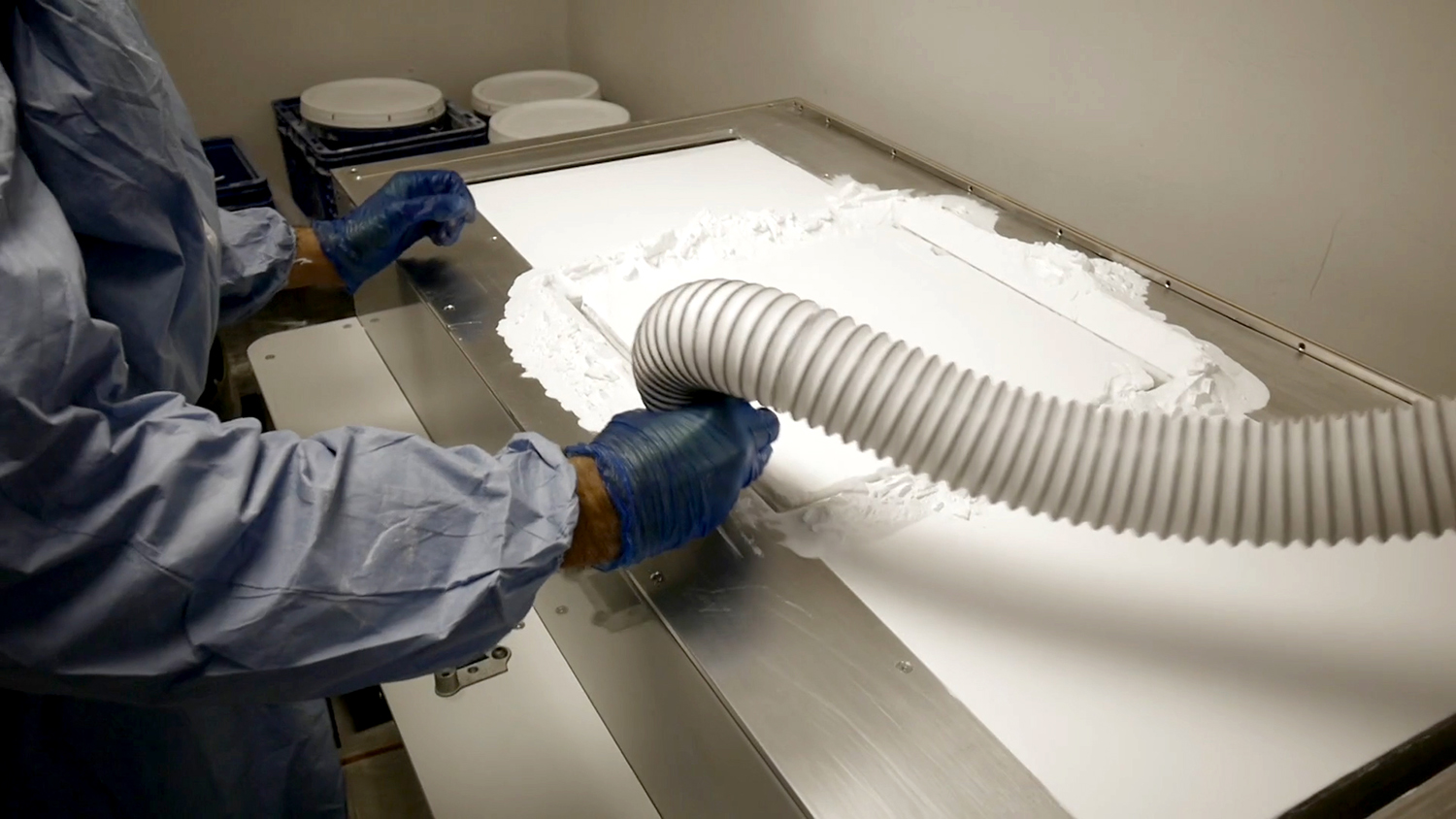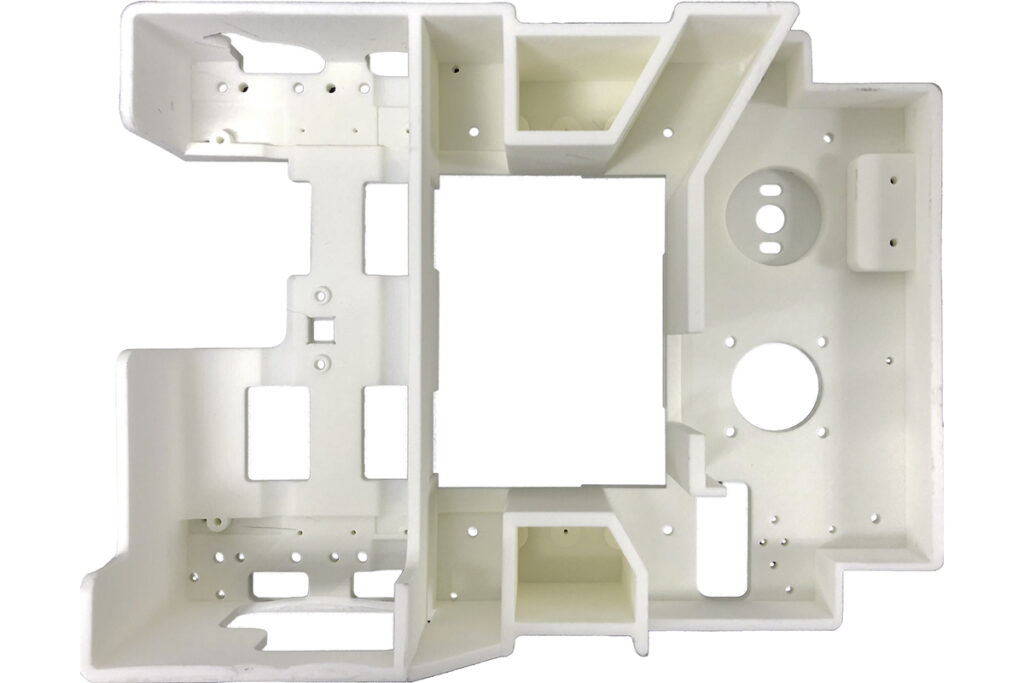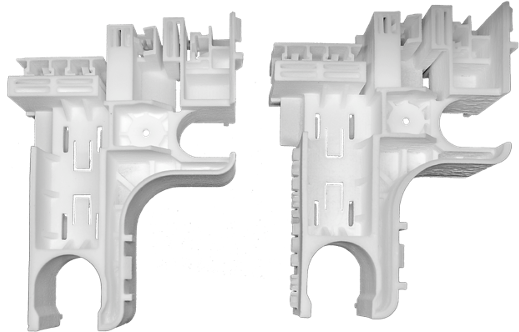Back in August 2022, I published an article that sparked a range of reactions in the Additive Manufacturing industry. From joy to disbelief, suspicion to dismissiveness, and even imitation, the response was nothing short of remarkable. The good news? Service bureaus have embraced the idea of recycling in additive manufacturing, proving that sustainability is achievable in the AM world.

Now, after a year of tireless efforts and countless tons of recycled materials, I am here to share my experiences with testing and SLS printing using MJF powders, including PA12, PA11, PA12GB, and TPU. These parts have been showcased to customers, exhibited at trade shows, and have led to the sale of many SLS systems. But despite this incredible progress, our journey towards sustainability is far from over.
In this article, I aim to delve deeper into the engineering side of utilizing recycled powders effectively. I hope that this serves as the first spark in an ongoing conversation and assists you on your path to a more sustainable powder-based printing workflow.
MJF vs SLS 3D Printing Guide [2023]
To start, let’s acknowledge some engineering design principles, such as the factor of safety (FoS) and how it relates to material data sheets. Drawing from my experience as a racing engineer, where weight and fatigue performance were critical constraints, I gained insights into material properties, choices, and designing for constraints. In the world of high-performance racing, nearly any material is an option if it reliably enhances performance for 500 miles.

When it comes to additive manufacturing, the number of available materials is often limited by technology, cost, and the willingness to switch. HP’s MJF technology falls into the more restrictive category, usually using PA12 as the material of choice. Many MJF users champion the Evonik PA12 material data sheet and focus on minor improvements in performance. While impressive, this approach may overlook real-world design criteria for additive manufacturing.

Material data sheets provide specifications, but it’s essential to recognize that not every printed part will live up to the tensile bar tests. Various factors, such as powder usage, part orientation, build density, and thermal dynamics, can impact the mechanical properties of printed parts. Therefore, it’s crucial to understand that most printed parts do not meet the maximum material specification.
So, what do all these design considerations mean for the recycling of MJF powder and the sustainability of AM? Despite a potential dip in mechanical properties, it does not equate to failure or inferior parts. Let’s consider a consumer product designed with a factor of safety of 3-4. With a FoS of 4, a 20% reduction in tensile strength due to using recycled powder still falls within an acceptable range.
In our ASTM D630 tests, we observed a reduction in ultimate tensile strength of less than 12% in the XY or Z direction. These results were obtained through third-party testing using end-of-life HP PA12 powder that had undergone two SLS print cycles. Applying a 12% reduction in our earlier use case would still yield a factor of safety of 3.7.

While applications like aerospace might require smaller FoS for weight concerns, most applications are built with generous FoS, where recycling powder poses no downside. The future of AM is undoubtedly thrilling, but to maximize its potential, we must address cost and waste factors. Utilizing selective sintered powders to their full lifespan is one of the simplest and most rewarding ways to propel AM forward.
How Does 3D Printing Reduce Waste? Understanding Sustainable 3D Printing [2023]
If you are facing the issue of waste powder removal and disposal, remember that the source of the waste, as related to that particular print technology, does not imply that the material is truly disposable. Consider options that could use the material on a different platform to produce parts that meet the engineering standards required. For additive manufacturing to reach its full potential, sound but creative engineering is required, especially in the realm of sustainability.

